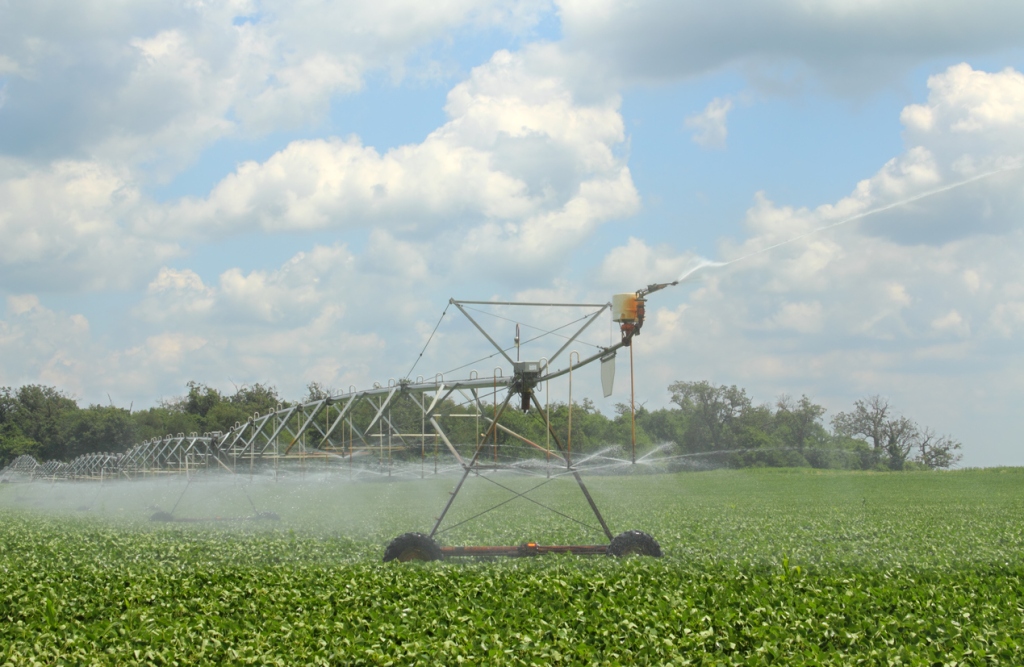Sustainable Irrigation Methods: A Comprehensive Guide for Rural Living and Homesteading
Introduction:
In rural living and homesteading, water is a vital resource for maintaining crops, gardens, and livestock. However, with increasing concerns about water scarcity and the environmental impact of irrigation practices, it becomes crucial to adopt sustainable methods that conserve water while ensuring optimal growth. In this comprehensive guide, we will explore various sustainable irrigation methods suitable for rural living and homesteading.
1. Drip Irrigation:
Drip irrigation is a widely recognized method known for its efficiency in delivering water directly to plant roots. It involves the use of small tubes or pipes with emitters placed at regular intervals near plants’ bases. This targeted approach minimizes water loss due to evaporation or runoff while promoting healthier root development.
Drip irrigation systems can be easily installed in both large-scale agricultural fields and smaller home gardens. By providing consistent moisture levels without overwatering, drip irrigation reduces weed growth and minimizes disease risks associated with wet foliage.
2. Rainwater Harvesting:
Rainwater harvesting is an ancient practice that has gained renewed popularity due to its sustainability benefits. By capturing rainwater from rooftops or other surfaces, you can store it in tanks or reservoirs for later use in your garden or farm.
To set up a rainwater harvesting system on your property, start by identifying suitable collection areas like roofs or gutters connected to downspouts. Install filters to remove debris before directing the collected rainwater into storage containers such as barrels or cisterns.
Using harvested rainwater not only conserves freshwater resources but also reduces reliance on municipal supplies during dry periods – making it an ideal solution for rural areas where access to piped water may be limited.
3. Greywater Recycling:
Greywater recycling involves reusing wastewater generated from household activities such as laundry, dishwashing, or bathing for irrigating plants instead of disposing of it down the drain. By treating and filtering greywater, you can significantly reduce water consumption while providing a nutrient-rich source for your crops or garden.
To implement a greywater recycling system, consider diverting the wastewater from showers, bathtubs, or washing machines to an underground irrigation network. It is important to use biodegradable detergents and soaps to avoid harming plants with harmful chemicals.
However, it’s crucial to note that certain precautions must be taken when using greywater for irrigation. Avoid using greywater on edible crops that come into direct contact with the recycled water to prevent contamination risks.
4. Micro-Sprinklers:
Micro-sprinklers are an efficient alternative to traditional sprinkler systems as they deliver water in small droplets directly onto plants’ root zones. These low-pressure systems minimize evaporation losses and ensure targeted irrigation while reducing weed growth.
By designating specific zones within your garden or farm where micro-sprinklers are installed, you can tailor watering patterns according to different crop requirements. This way, you will avoid over-irrigation in areas that don’t need it while ensuring adequate moisture levels where necessary.
5. Mulching:
Mulching involves covering the soil surface around plants with organic materials like straw, wood chips, or compost to conserve moisture and suppress weed growth. This technique helps retain soil moisture by reducing evaporation rates and also improves soil structure over time.
When applying mulch in your garden or farm, make sure to spread it evenly around plant bases while leaving a small gap near stems or trunks of trees to prevent rotting. Organic mulches not only conserve water but also enhance soil fertility as they gradually break down and release nutrients into the surrounding area.
6. Soil Moisture Sensors:
Soil moisture sensors provide accurate real-time data about soil moisture levels at different depths in your garden or field. By monitoring these readings regularly, you can adjust watering schedules and volumes accordingly, preventing over or under-irrigation.
These sensors are usually installed at various depths in the soil profile to capture moisture variations. When connected to an automated irrigation system, they can trigger watering cycles only when necessary, optimizing water use efficiency and conserving resources.
Conclusion:
As rural living and homesteading become increasingly popular, it is crucial to adopt sustainable irrigation methods that conserve water while maintaining optimal plant growth. Drip irrigation, rainwater harvesting, greywater recycling, micro-sprinklers, mulching, and soil moisture sensors are just a few examples of techniques that promote efficient water usage on your property.
By implementing these sustainable methods tailored to your specific needs and local conditions, you can reduce water waste significantly while nurturing healthy crops or gardens. Embracing sustainable irrigation not only benefits the environment but also ensures a more self-reliant approach to rural living and homesteading.


Leave a comment